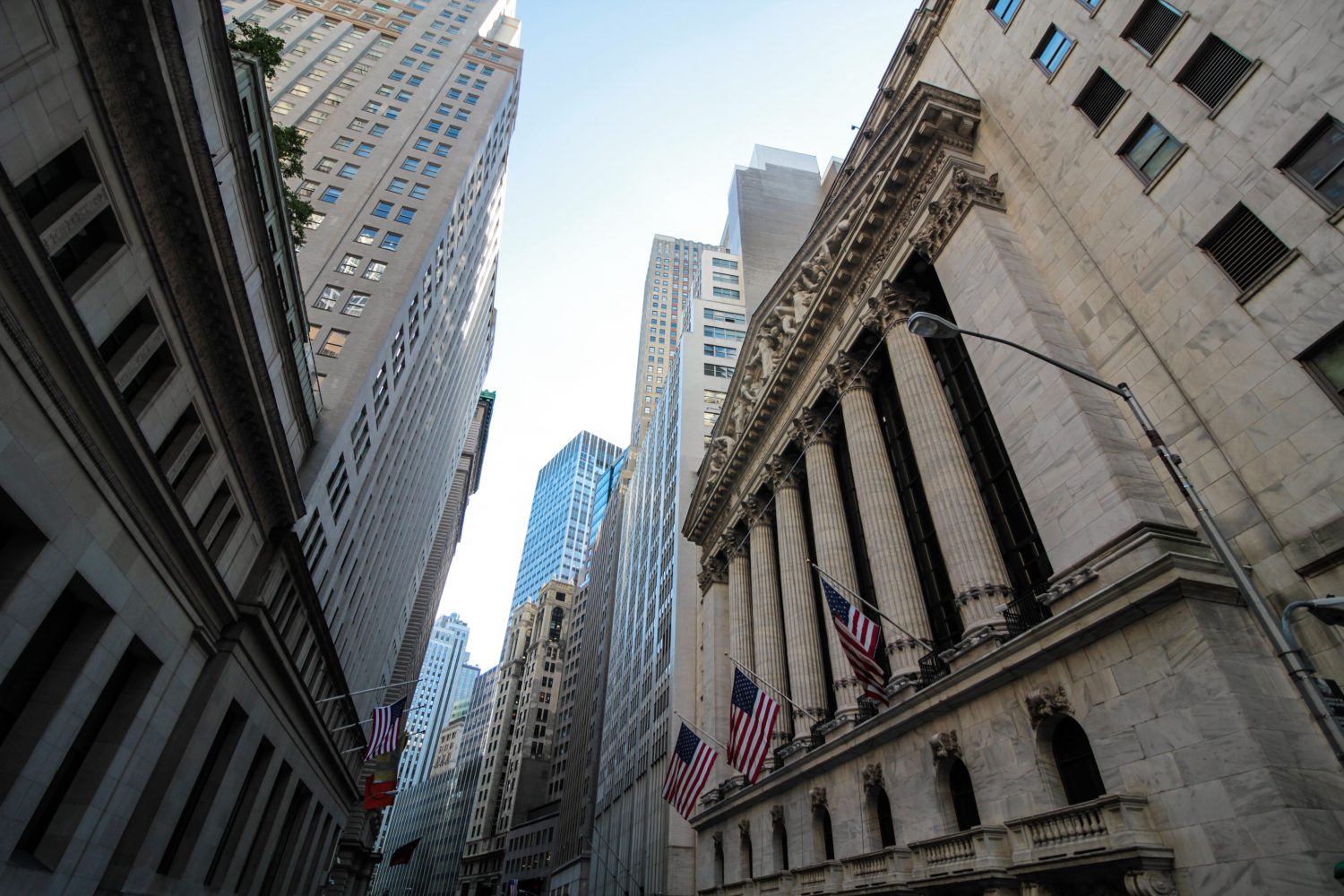2018 Banking & Financial Services Industry Risks

Prior to the technological revolution, banks and financial service providers had two primary focuses: markets and market share. Investment companies looked to acquire both retail and institutional clients, steadily increasing assets under management as a result. Accumulating deposits and building loan portfolios defined the objectives of most any bank—local, regional and national. The key to survival revolved around navigating the fluctuations of interest rates and stock prices, predicting directional movements with some degree of accuracy, and boosting the bottom line.
In 2018, those risks haven’t vanished. Credit risk, interest rate risk, inflation risk, etc.—they all still exist. However, the digital age has ushered in a whole new wave of concerns. With the heavy reliance on computerized trades and transactions, the banking and financial industries often fall prey to hackers— unscrupulous individuals who crack code and unwind algorithms, pilfering assets and stealing sensitive data while hiding in the shadows. According to the 2017 Ponemon Cost of Data Breach study, global businesses lose $3.6 million per incident, in which Social Security numbers, credit card information, and bank records fall into the wrong hands.
There are illicit business threats and then there are the legitimate ones. Banks and financial service companies must also look over their shoulders at the hard-charging disruptors. The Fintech revolution has witnessed new tech innovators claiming market share from traditional banking giants and brokerage firms. While older investors—mostly post-retirees—still favor brick-and-mortar transactions, Generation Xers and some baby boomers have turned to less tenured, yet rising industry stars. Robots have expanded their reach beyond moving parcels within Amazon distribution centers. Artificially intelligent machines have made their way into the retail investment space, constructing retirement portfolios for a generation that desires to put their risk tolerances and time horizons on autopilot. Assets accumulated by robo-advisors are expected to more than double from 2018 through 2022, from $226 billion to $576 billion.
Mutual fund companies and wirehouses aren’t the only ones with a target on their backs. One can hardly pull up a newsfeed without reading about digital currencies such as Bitcoin. These cryptocurrencies allow peer-to-peer exchanges of value that can be completed much less expensively than old-school methods, especially when payments span international borders. For the banking industry, unregulated cryptos are a double-edged sword that only cut one way. Not only do banks face competition from digital currencies, but they also face the peril of having their computer networks held hostage by cybercriminals. Ransomware attackers typically demand payments in these sophisticated mediums, which often trade hands without being traced. Victims of this crime paid out $24 million in 2015, $1 billion in 2016, and approximately $2 billion in 2017. The financial services industry suffered 21% of these electronic assaults.
Faced with evolving technological dangers and worthy, new competitors, the banking and finance sectors have little choice but to react surely and swiftly. Companies large and small must now devote considerable time and resources to shoring up network security and protecting customer data. In some cases, large banks and investment companies have opted to mimic their Fintech brethren rather than be outfoxed. Fidelity Investments launched its own robo-advisor platform in 2016—called Fidelity Go– that sits alongside its massive web of human advisors. Of course, walking the fine line between reduced fee income and a healthy bottom line will always be the endgame for financial market players. The challenge becomes keeping at least one eye on the rearview mirror and one foot on the gas—thwarting menaces and outdistancing the disruptors.
Cyber Liability Insurance is not more important than ever. Be sure you’re protected, speak with someone today.